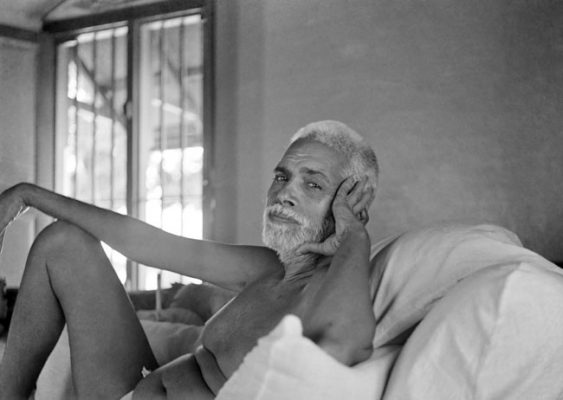As an eighteen-year-old undergraduate student (in 1976), collecting botanical samples of rare herbs and plants on the hill, I had little knowledge that the same hill had attracted a sixteen-year-old who was in search of his Paternal residence more than seventy years before and given him a home for the remainder of his life.
As a care free botanist led by my professor (Prof Livingstone of Madras Christian College, Tamil Nadu, India), I and a fellow student were eager to collect as many plant specimens as possible in the two days we were exploring – we were on a high as the chosen students to go on the expedition. What I remembered most of the hill was the parched landscape with hardly any trees of significance, except for the hardy and thorny Ziziphus jujuba shrubs (“Elantha Pazham”) that were omnipresent. The hill had been cleaned up by the inhabitants of the nearby villages for fire wood. The naturally low rainfall and the incessant heat kept the soil dry and gave little chance for any new seedling to survive – and if at all it did, it would have been a miracle for it to escape the ravenous goats that roamed the hill or the fire hungry village folks who uprooted anything that could be used to feed the hearth at home. I had absolutely no inkling whatsoever that, just below, only a few hundred meters away, was a serene and revered ashram that was being visited each day by hundreds of people from world over to get at least a moment of respite, and if blessed, a glimpse into the spiritual realm. The silent master had passed on twenty six years before my expedition but his spiritual presence was still strongly felt and many were feeling blessed at the holy site. Even the “touristy” visit to the grand old temple, which was revered as one of the five “Pancha Bhootha Sthalangal”, did not ignite a spiritual fervency within me. After the “successful” botanical expedition, the hill and the place were lost from my mind for another twenty years.



